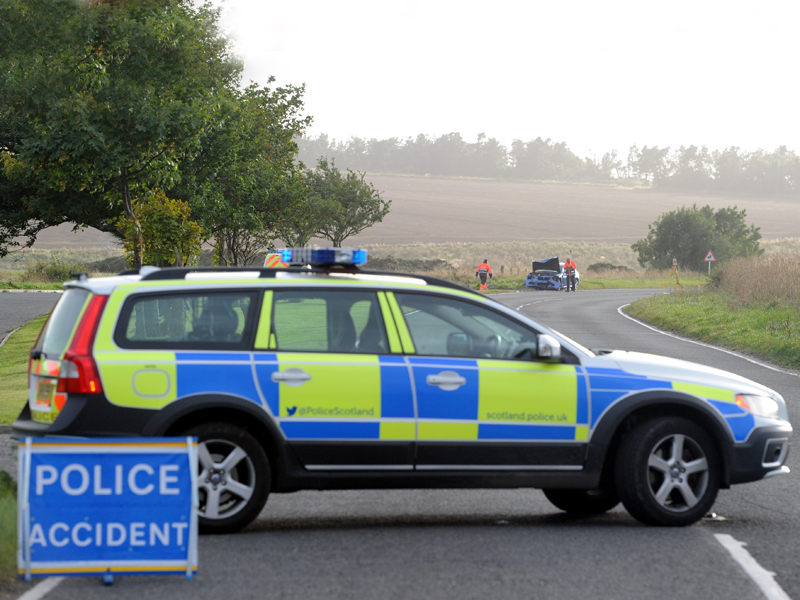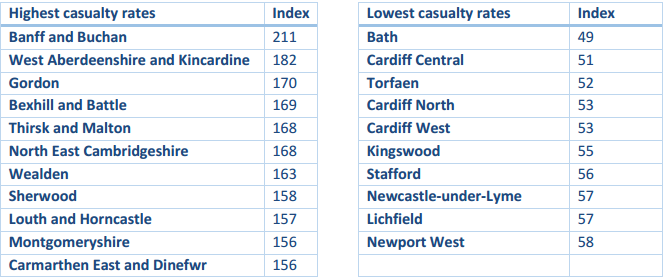Roads in the north-east of Scotland have been ranked as the most likely places to be killed or seriously injured, according to a new report.
According to findings published yesterday by the Parliamentary Advisory Council for Transport Safety (PACTs) and Direct Line Car Insurance, the constituencies of Banff and Buchan, West Aberdeenshire Kincardine, and Gordon have the top three spots for casualty rates above the national average.
Banff and Buchan topped the scale, with residents facing a whopping 111% higher chance than the national average of being killed or seriously injured on the constituency’s roads.
West Aberdeenshire and Kincardine ranked second, with rates being 82% above the national average, and Gordon came third at 70% above the national average.
The report claimed that the unusually high rates of people being killed or seriously injured in the north-east lies in the rural nature of the roads: “Looking only at those casualties who are killed or seriously injured shows a different pattern to that for all casualties.
“Here the constituencies with the highest indices tend to be very rural in nature, probably reflecting the high speed impacts as vehicles travel at faster speeds on roads with fewer safety engineering measures to reduce inherent risks in the road network.
David Davies, executive director of PACTS said:”Since the first national road safety for Great Britain was set in 1987, great progress has been made in reducing casualties on our roads.
“But there is so much more to do. Road collisions are still the major cause of death and serious injury to young people and the biggest danger that most adults face in their daily lives.
“Traffic danger has a significant negative influence on society, it discourages people from walking or cycling, restricts the freedom of children and means vulnerable road users feel intimidated.
“Despite great improvements in emergency services and trauma care, thousands of victims of road collisions are left with life-changing injuries while the families of casualties also find their lives changed forever.”

